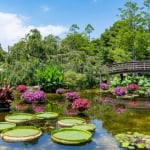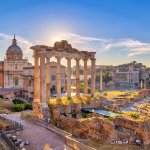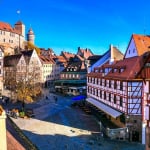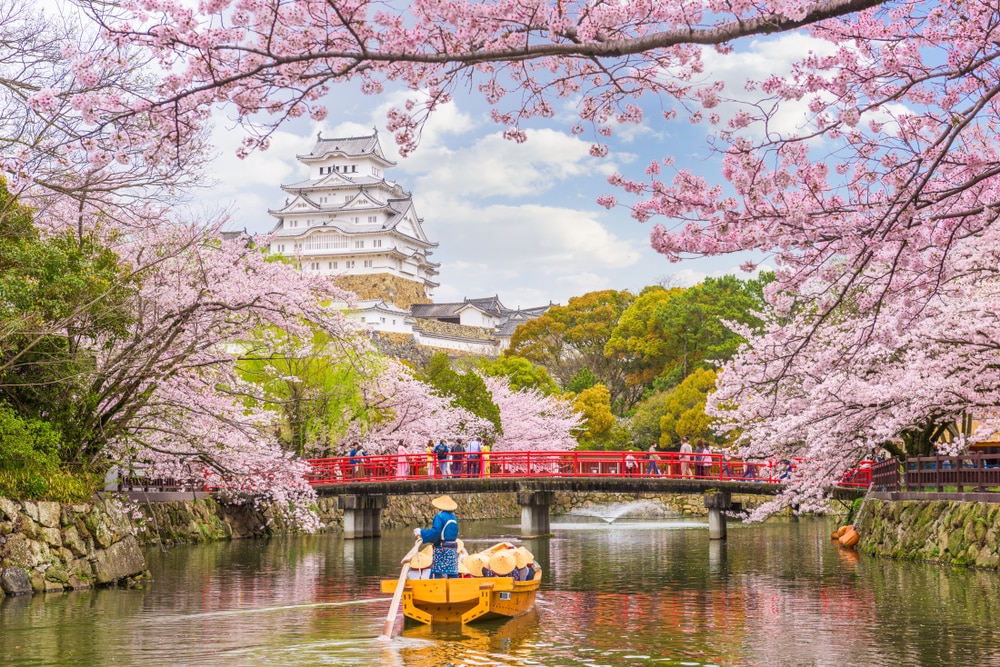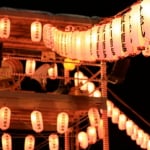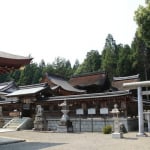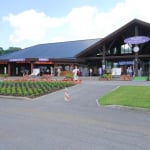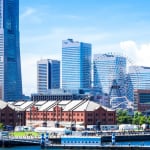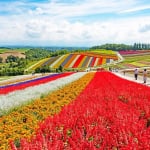There are just over a hundred castles left in Japan today. Some are the real deal—original structures that have somehow survived centuries of natural disasters, wars, and neglect before being lovingly restored. Others are replicas or monuments that take you back to another time. No matter their story, these ten Japanese castles are some of the most impressive you’ll find.
table of contents
[x] close
The Top 10 Most Beautiful Japanese Castles
- Himeji Castle, Hyogo
- Kanazawa Castle, Ishikawa
- Hikone Castle, Shiga
- Nagoya Castle, Aichi
- Matsumoto Castle, Nagano
- Shuri Castle, Okinawa
- Kumamoto Castle, Kumamoto
- Wakayama Castle, Wakayama
- Okayama Castle, Okayama
- Shimabara Castle, Nagasaki
- In Conclusion
Himeji Castle, Hyogo
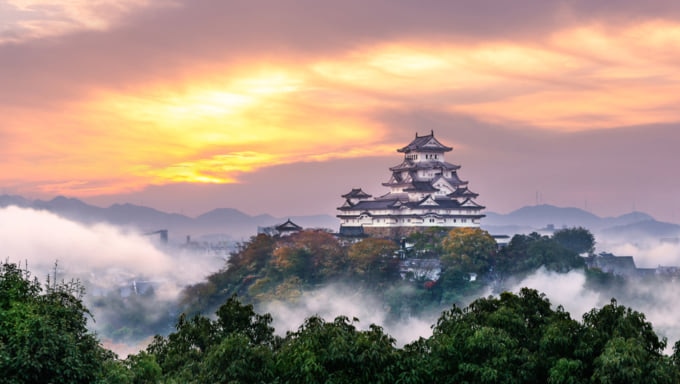
Photo by Taw4/Shutterstock
Himeji Castle, a UNESCO World Heritage site and a National Treasure of Japan, is often what comes to mind when you think of traditional Japanese castles. This stunning castle in Himeji City, Hyogo Prefecture, was first built back in 1561. It has withstood the Meiji Restoration and even the bombings of World War II, earning its place as the largest and most popular castle in Japan.
Kanazawa Castle, Ishikawa

Photo by tk312001/Shutterstock
Kanazawa Castle was once home to the Maeda clan, the second-most powerful family during the Edo Period. One of its most striking features is the Gojukken Nagaya, a long building that served as both a defense structure and a warehouse for weapons and supplies. Right next door is Kenroku-en, which used to be the Maeda clan’s private garden and part of the castle grounds. Today, it’s considered one of Japan’s "Three Great Gardens."
Hikone Castle, Shiga
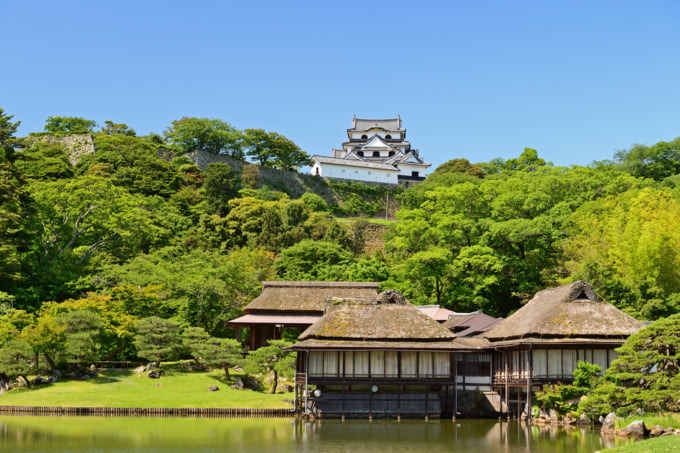
Photo by hayakato/Shutterstock
Hikone Castle, one of Japan's National Treasures and a source of pride for Shiga Prefecture, was built in 1622 by the feudal Ii Clan. What makes it stand out is that it still has most of its original features, like the main keep, stables, and several turrets. This means the castle grounds are pretty extensive and offer a rare peek into what life was like inside these ancient fortresses, which served as both military strongholds and the private homes of the elite.
Nagoya Castle, Aichi

Photo by cowardlion/Shutterstock
Built in 1615 by Tokugawa Ieyasu, Japan's most powerful shogun at the time, Nagoya Castle was a gift to his son, Yoshinao. The private quarters in the Honmaru Palace, the innermost part of the castle, were decked out with gold-painted ceilings, walls, and sliding doors, as well as solid gold shachi—dragon-like fish meant to ward off fires. After a long period of reconstruction and repair, Nagoya Castle finally reopened to the public in 2018.
Matsumoto Castle, Nagano

Photo by Theeraphong/Shutterstock
Matsumoto Castle has been remarkably well-preserved over the centuries, thanks to the dedication of some local residents. Completed around 1594, the castle was designed with defense in mind, and today you can climb the steep wooden stairs of the keep, which were made to challenge enemies in heavy armor. Inside, there’s a ‘secret’ living quarter where the lords would hide during sieges, and a unique moon-viewing pavilion—the only one of its kind in a Japanese castle.
Shuri Castle, Okinawa
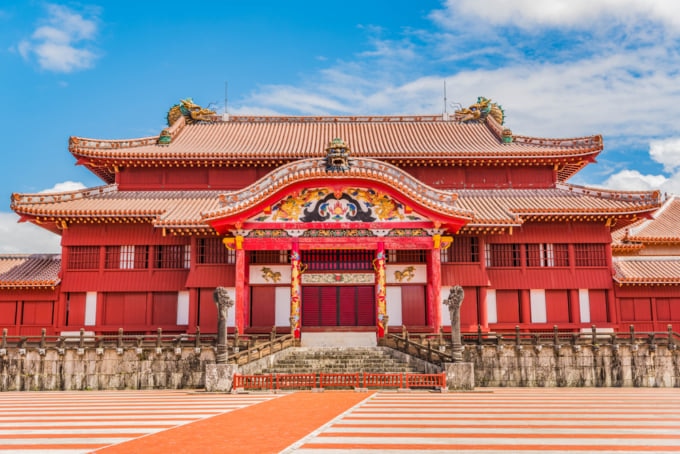
Photo by torasun/Shutterstock
For 400 years, Shuri Castle in the Okinawan Islands was the heart of the Ryukyu Kingdom, a maritime power that ruled the islands until the Japanese Meiji Government abolished the aristocracy and annexed the lands in 1879. The castle’s design shows its strong ties to China, featuring architectural elements from that era. Shuri Castle was destroyed during World War II, rebuilt in 1992, but unfortunately suffered another devastating fire in 2019. Fortunately, plans for its reconstruction are already underway.
Kumamoto Castle, Kumamoto
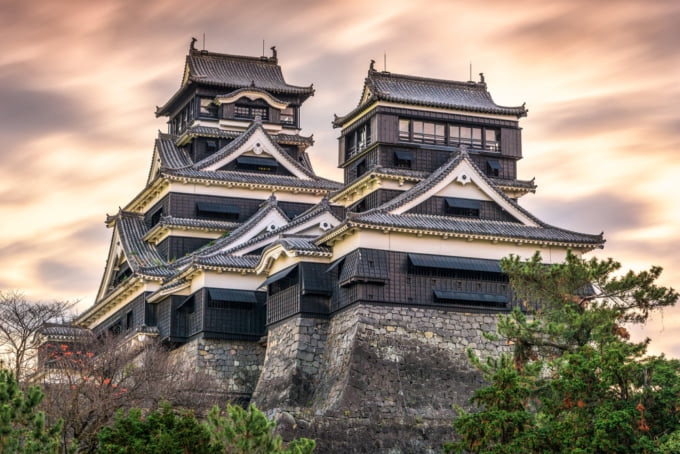
Photo by Sean Pavone/Shutterstock
Kumamoto Castle stands out with its striking black walls and roof, and its uniquely curved defensive walls designed to keep attackers at bay. Along with Himeji and Matsumoto Castles, it's considered one of Japan’s top three castles. After being damaged by an earthquake three years earlier, the castle reopened in autumn 2019. However, it will need more repairs over the next fifteen years to get back to its full splendor.
Wakayama Castle, Wakayama
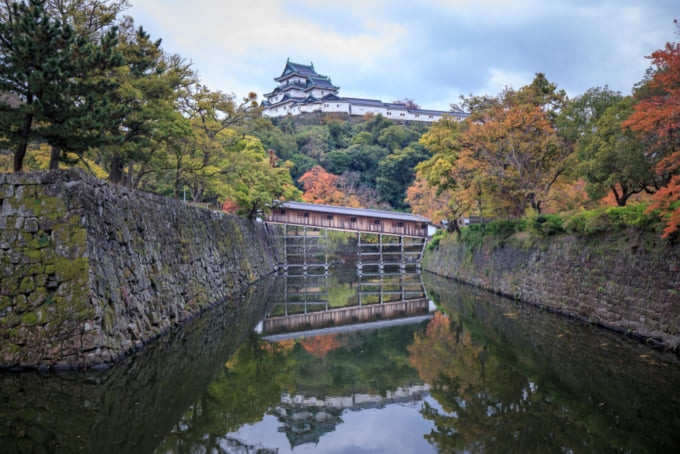
Photo by C.Lotongkum/Shutterstock
Wakayama Castle was rebuilt after World War II to celebrate the region’s feudal history and power, though some of its walls and gates are original. Perched on a small hill overlooking the city, the castle grounds are spacious and include a beautiful garden and a teahouse. Visitors can enjoy matcha and traditional Japanese sweets known as wagashi while taking in the scenic surroundings.
Okayama Castle, Okayama
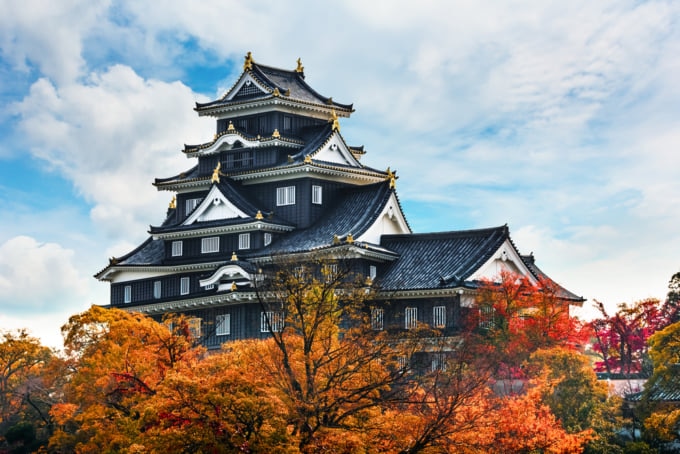
Photo by cowardlion/Shutterstock
Construction of Okayama Castle began in 1573 and took over 20 years to complete. After changing hands a few times, it eventually came under the control of the Ikeda Clan, who expanded the castle and created the traditional strolling gardens known as Koraku-en. The castle’s dark grey exterior has given it the nickname "Ujo," or "Raven Castle." Two of the castle’s watch towers, dating back to the original Sengoku Period construction, are now Important Cultural Properties of Japan.
Shimabara Castle, Nagasaki
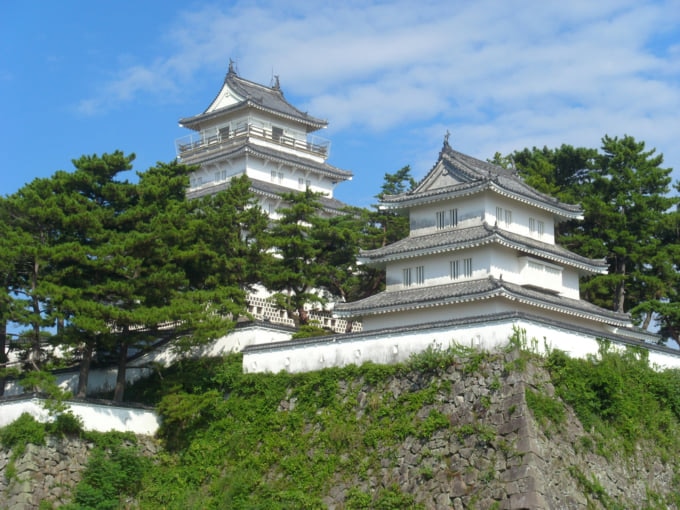
Photo by Luftikus/Shutterstock
Shimabara Castle was completed around 1624 and played a significant role in the Shimabara Rebellion of 1637. The castle’s lord, Matsukura Shigemasa, was known for his harsh treatment of his subjects, imposing heavy taxes to fund the castle’s construction. While the moat and stone walls are original from the Edo Period, the main keep and other structures were reconstructed using historical records as a guide.
In Conclusion
Japan’s most beautiful castles are impressive not just for their size and scale, but for their fascinating histories, rare artifacts, and unique designs. From those perched on hilltops to those on islands, these ten castles are some of the best examples of Japan's architectural and historical splendor.
